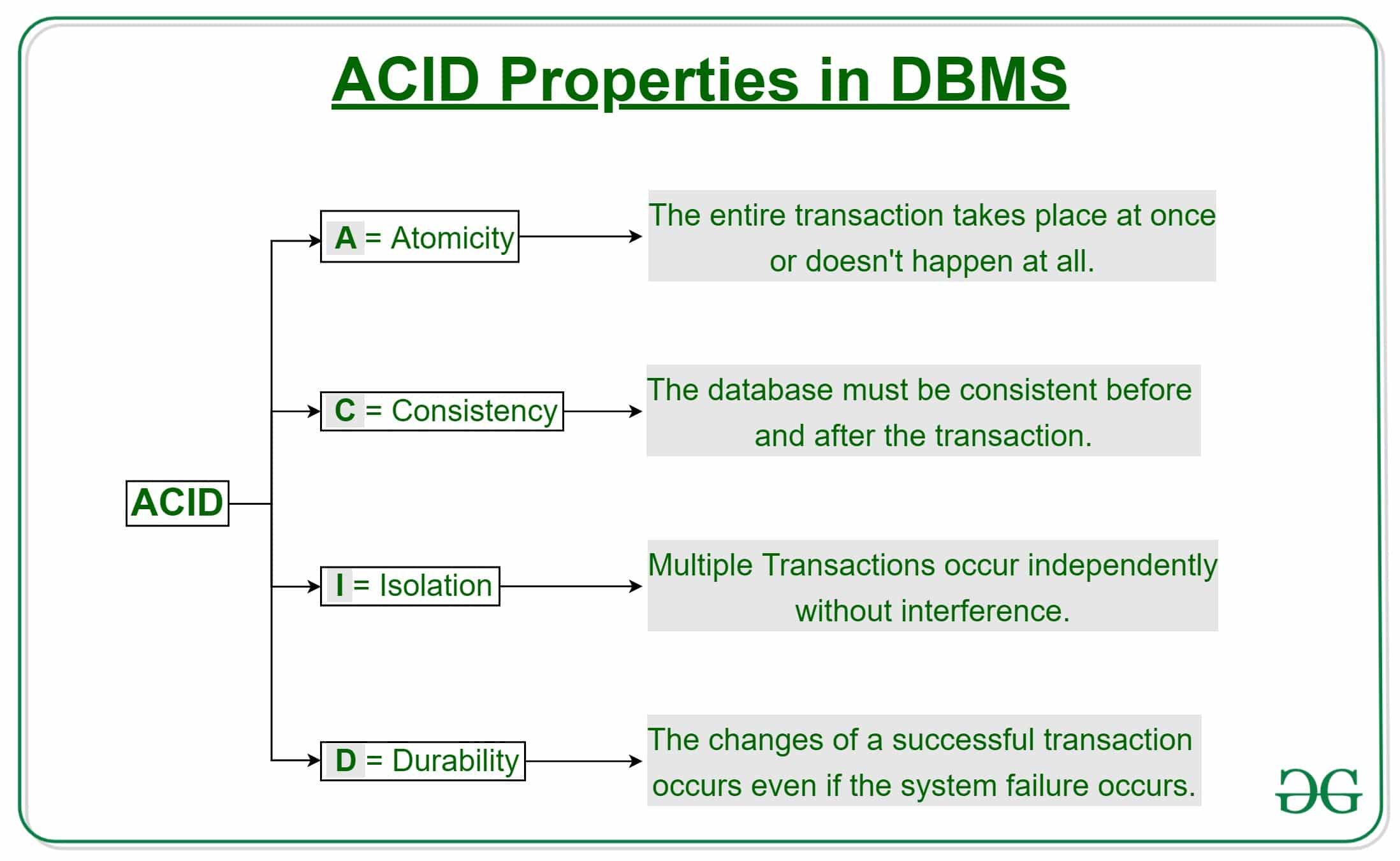Database transaction is a part of Information systems that allows the storage and manipulation of data in a database. Transactions are a way for database applications to perform a large set of operations as a single unit, ensuring the integrity of the data. Transactions allow for better performance and reliability by making sure all of the operations of the transaction are completed successfully before making any changes to the database.
Database transactions are based on ACID (Atomicity, Consistency, Isolation, Durability) principles. Atomicity means that all of the operations in a transaction will either succeed or fail as a unit. If any of the operations fail, then the transaction will be rolled back, restoring the database to its original state. Consistency means that the transaction should not leave the database in an inconsistent state. Isolation means that the changes made by a transaction should remain isolated from any other transactions until the transaction is complete. Durability means that once a transaction has been committed, its changes should remain intact until it is rolled back or undone.
Database transactions involve a collection of read and write operations on data stored in the database, along with instructions on how to commit or roll back the changes. Transactions can have different levels of isolation, depending on the needs of the application. For example, a transaction might only require a short-term lock on the data, or might require other operations to be blocked until the transaction is finished.
Database transactions are an important part of many database applications, particularly those that require regular updates, such as eCommerce sites or banking applications. Transactions can help maintain the security of sensitive data, as well as improve the efficiency and reliability of the applications.






